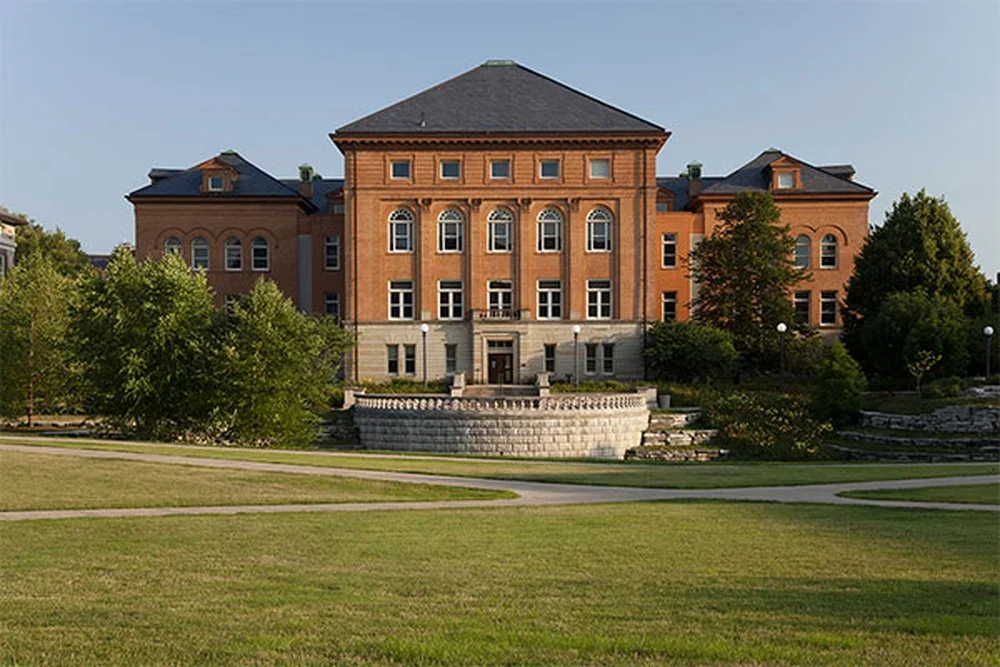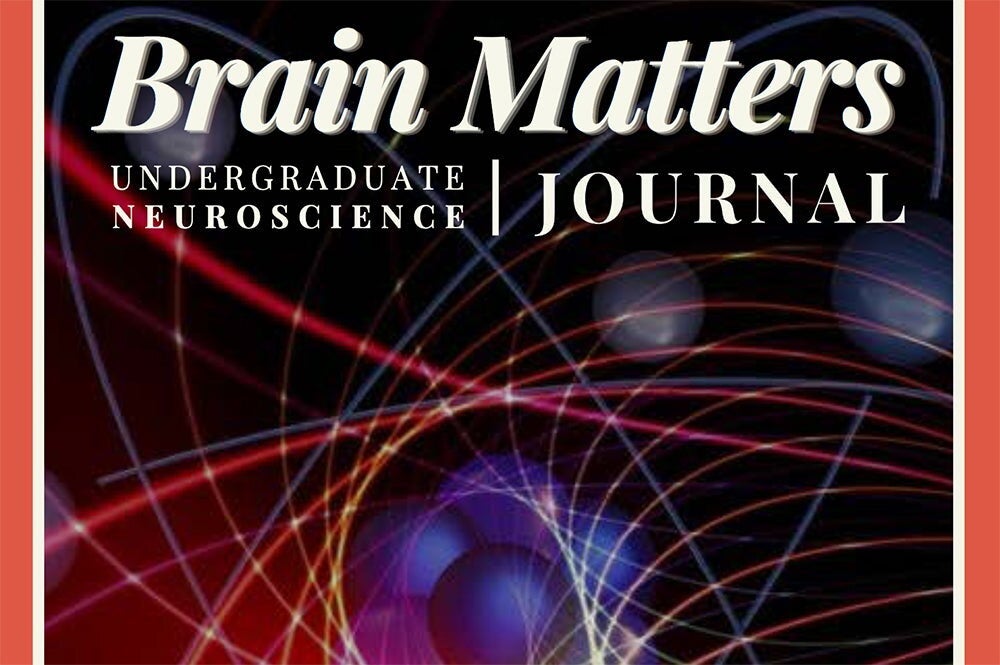
Four LAS faculty members from the Department of Chemistry recently received prestigious awards for their research.
-
John A. Katzenellenbogen, Swanlund Professor of Chemistry, won the 2007 American Chemical Society E.B. Hershberg Award for Important Discoveries in Medicinally Active Products. This award, which is given every other year, was established in 1988 by Schering-Plough Research Institute to honor the contributions of Emanuel B. Hershberg to the pharmaceutical industry, especially the application of organic chemistry for the discovery and development of novel drugs. Katzenellenbogen will present his award address at the spring 2007 meeting of the American Chemical Society in Chicago.
-
Earlier this year, Katzenellenbogen was awarded the 2006 Endocrine Society Roy O. Greep Lectureship Award, jointly with Benita Katzenellenbogen. Both of these awards recognize Katzenellenbogen's pioneering work in medicinal chemistry and chemical biology. His accomplishments include preparing the first affinity labeling agents for the estrogen receptor, enabling the first rigorous characterization of the size, composition and cellular dynamics of this important drug target.
-
Paul C. Lauterbur, the Distinguished University Professor of Medical Information Sciences, has been awarded the 2007 Mike Hogg Award by the University of Texas M.D. Anderson Cancer Center. Previous recipients of the award include three other Nobel Laureates who were associated with the LAS Department of Chemistry: Vincent du Vigneaud (1960), Wendell Stanley (1963), and Robert Holley (1966). Lauterbur, who won the 2003 Nobel Prize in Medicine, will deliver his award address in the spring of 2007 in Houston, Texas.
Lauterbur is a member of the National Academy of Sciences as well as U. of I.'s Center for Advanced Study. His current work is directed toward understanding the origins of life, particularly pursuing the hypothesis that molecular imprinting was involved in connecting prebiotic chemistry to early biology.
-
Benjamin J. McCall, assistant professor in chemistry and astronomy, has just been awarded a 2006 Packard Fellowship in Science and Engineering. The Fellowship is "to allow the nation's most promising professors to pursue science and engineering research early in their careers with few funding restrictions and limited paperwork requirements." The Packard Foundation annually invites the presidents of 50 universities to nominate two professors, which are then reviewed by an advisory panel of distinguished scientists and engineers. About 16 are selected to receive individual awards of $625,000, payable over five consecutive years.
McCall recently returned from the White House where he received a 2006 Presidential Early Career Award for Scientists and Engineers. McCall joined the chemistry faculty in 2004 and has built a research program in the field of astrochemistry, using the tools of gas phase molecular spectroscopy to address both fundamental chemical problems and long-standing problems in molecular astrophysics.
In September, McCall also won a Presidential Early Career Award for Scientists and Engineers.
-
Ralph G. Nuzzo, the William H. and Janet G. Lycan Professor of Chemistry, together with John Rogers and Etienne Menard (both from the U. of I. Department of Materials Science and Engineering) have won a 2006 Wall Street Journal Technology Innovation Award for their company, Semprius Inc. The award was given in the semiconductor area and the citation notes that they won for having "developed a process for making large-scale, high-performance electronic circuits that can be applied to any surface." Their achievement will be honored at an awards dinner this month at the Dow Jones VentureWire's Emerging Ventures conference in San Jose, Calif.
Nuzzo is a senior editor of Langmuir and the recipient of the 2003 ACS Arthur Adamson Award for Distinguished Service in the Advancement of Surface Chemistry. He is the co-discoverer of self-assembled mono-layers on metal surfaces. This seminal discovery has had a profound impact on multiple areas of science and engineering. His subsequent paper on mono-layers, J. Am. Chem. Soc., 111, 321 (1989), is among the most highly cited papers in the Journal of the American Chemical Society's 125-year history.


